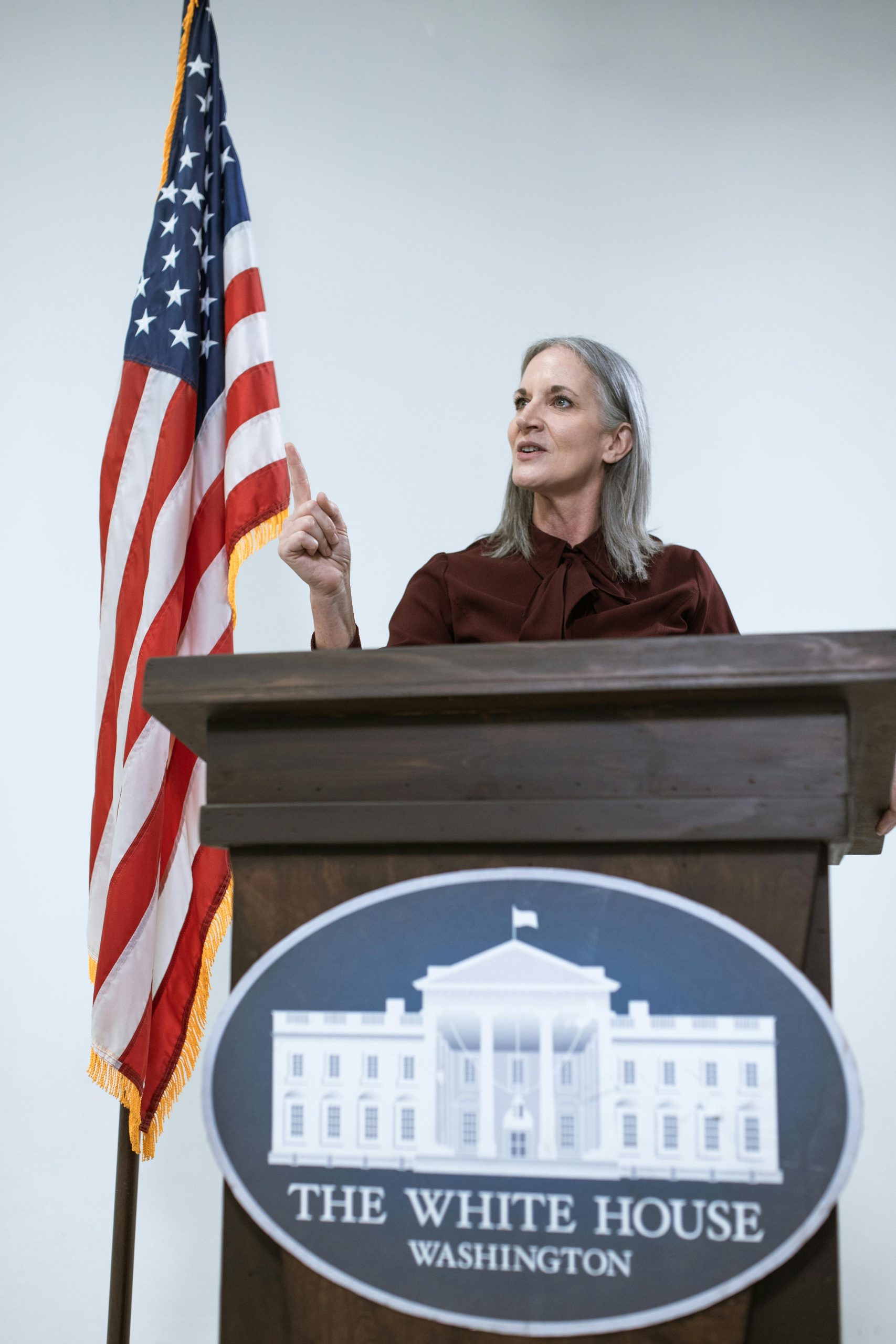VEO 3 Blocked by policy related to prominent figures when not using them
Navigating Policy Restrictions in VEO 3: Maintaining Realistic AI-Generated Avatars for Video Content
In the evolving landscape of digital content creation, tools like VEO 3 offer innovative features that empower creators to produce realistic avatars and engaging videos. However, users may encounter policy restrictions, particularly when employing avatars resembling prominent figures or using specific AI-generated images. Understanding these limitations and exploring ways to maintain authenticity without violating policies is crucial for creators aiming to leverage VEO 3’s capabilities effectively.
Understanding VEO 3’s Policy on Prominent Figures
VEO 3, a cutting-edge video creation platform, enforces policies designed to prevent misuse or misrepresentation involving public figures and recognizable personalities. These restrictions often activate when users incorporate images or avatars that resemble well-known individuals without appropriate authorization, even if the intention is purely creative or illustrative.
It’s important to clarify that these policies are generally in place to protect individual rights and prevent the spreading of misinformation. They are not intended to penalize legitimate creative efforts but serve as safeguards to ensure ethical and lawful use of the platform’s features.
Challenges Faced When Using AI-Generated Avatars
Many content creators utilize AI tools such as GPT-driven image generators or other realistic avatar creation software to craft characters that enhance their videos. This approach is particularly valuable for features like frame-to-video conversion, allowing seamless integration of branded elements and personalized characters.
However, users often find themselves blocked or flagged when the AI-generated avatars resemble or are interpreted as resembling prominent figures. These blocks can hinder workflow, especially when the aim is to produce high-quality, authentic content without infringing on policies.
Strategies for Maintaining Realism Within Policy Guidelines
-
Create Unique and Original Avatars:
Focus on designing avatars that do not resemble real individuals, famous figures, or identifiable copyrighted characters. Use diverse features, ethnicity, and styles to craft distinctive personas. -
Modify Features Differently:
When generating avatars, experiment with variations in facial features, hairstyles, and accessories to avoid visual similarities to any public figures. -
Leverage Customization Tools:
Utilize the customization options available within AI avatar generation platforms to develop characters that are entirely unique and less likely to trigger policy restrictions. -
Use Generic or Abstract Representations:
When realism is essential, consider abstract or stylized avatars that suggest realism without aiming for perfect likenesses. This approach can strike a balance between authenticity and policy compliance














Post Comment